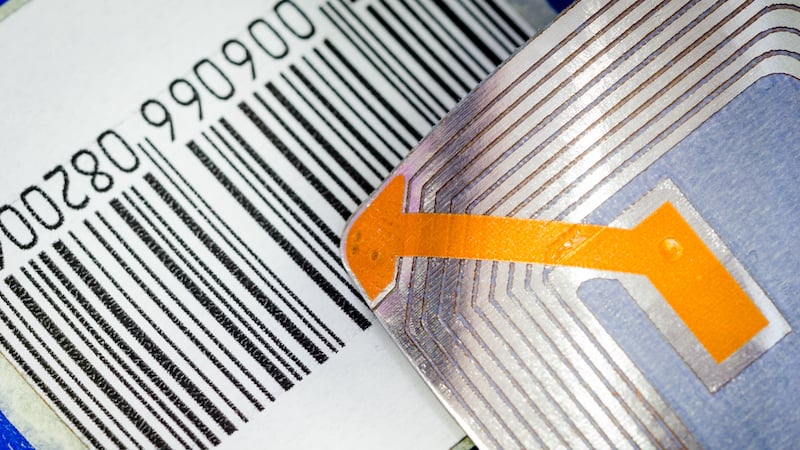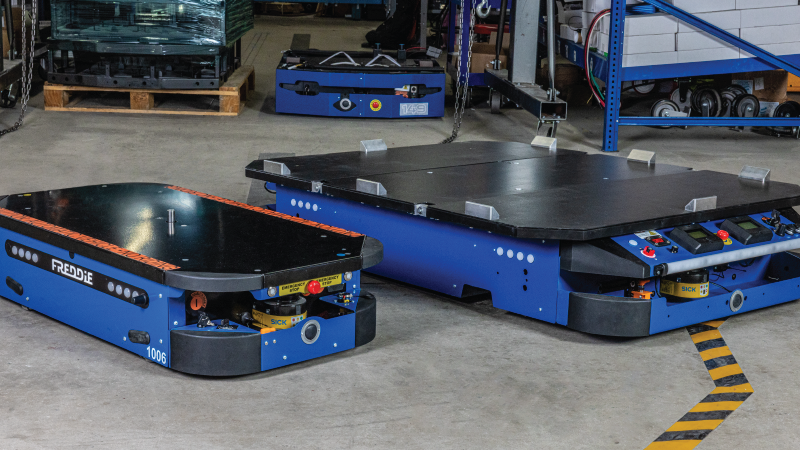A decade ago, retail outlets were, for the most part, brick-and-mortar destinations where people purchased and returned merchandise. Today, though, they’re also where consumers return merchandise they’ve purchased online, and from where online orders might be fulfilled. They are, for all intents and purposes, mini warehouses that deal with ready-to-go stock, returned stock, stock awaiting shipping, stock being held for the customer, stock awaiting pickup, and more.
These varied fulfillment demands are forcing retailers to adapt their processes in order to address the complexity—and urgency—of the new omnichannel world. Serving customers (and at the same time maintaining profitability) requires the ability to shift priorities and act quickly, along with accuracy at every step throughout the supply chain. In practice, this means they must:
- Have the right inventory on hand: the merchandise customers want, not merchandise that will eventually have to be marked down to get it out the door.
- Minimize inventory on hand so they’re only holding as much as they know will sell.
- Improve the accuracy of picking/packing so that they’re not burdened with returns.
To enable all this, though, retailers need more—and more accurate—data about their inventory, and about trends (what customers are buying and what they’re not). The best way to get this much-needed visibility is with radio-frequency identification (RFID) technology.
RFID tags attached to merchandise can be embedded with data that tells retailers what they have, where it is, where it’s going, and any other information that will help optimize and manage their inventory, such as manufacture date, movements, how long it’s been sitting on the shelf, and status (“awaiting pickup” or “hold for customer”).
Today’s RFID
RFID has been around for a long time, though for years the technology was used primarily to prevent theft, designed to set off entryway alarms but with no data specific to the merchandise to which it was attached. Today, retailers are taking advantage of RFID capabilities to help them transition into their new omnichannel role, with these and other features and benefits:
- Simpler, more accurate cycle counts. To capture data, RFID technology doesn’t require workers to have a line of sight to merchandise; rather, the RFID readers typically used in retail automatically “read” tags from as far as 30 feet away. Retailers can now track RFID tagged items in real time as they are moved in the facility, or gather accurate counts with a handheld device during a walk-through.
- Improved replenishment planning and ordering. By knowing what’s selling/sold and what’s not, retailers are better able to stock appropriately.
- Greater customer satisfaction. No more wrong orders and fewer returns reduce frustration and help ensure loyalty.
- More satisfied workers. Exact location data makes picking/packing faster because RFID tags quickly tell staff what’s in every box – no need to sort/validate.
- Easier staffing. Because RFID can provide accurate information about stock throughout the supply chain (even when it’s on a truck), store managers can staff based on when deliveries will be made and what merchandise (and how much) is expected.
- Quick responses to supply chain interruptions. Retailers have visibility into all points throughout the chain, enabling them to adjust stock as needed in the event of manufacturing or delivery delays.
RFID’s Impact On Retail Inventory Management
What can all this visibility do for a retailer’s business? In a recent article discussing their study of RFID in the retail space, McKinsey, a global management consulting firm, said RFID has proven to lower costs and increase revenue in retail, with “…the power to unlock up to 5% top-line growth from better stockout management and shrinkage reduction as well as to achieve a 10–15% reduction in inventory-related labor hours.”
Among the benefits of RFID noted by McKinsey are:
- More than 25% improvement in the accuracy of inventory.
- Up to 3.5% increases in sales of full-price merchandise as a result of better inventory management and fewer stockouts.
- 10–15% reduction in labor costs related to inventory.
- Up to 1.5% uptick in revenue, due in part to reduced shrinkage and theft.
These numbers are certainly compelling, and demonstrate that retailers can’t afford not to incorporate the technology into their processes and systems. But how?
That’s where a partner like Barcoding comes in. Our expertise is in the strategy and implementation of the right systems for our customers, with the goal of making their organizations more efficient, accurate, and connected. We start engagements by assessing your situation and needs, then developing the most thoughtful and appropriately sized solution, taking into account how your suppliers, distribution centers, and customers affect inventory. We’ll guide you in identifying the right hardware and software, and help you understand how to get—and use—valuable insights from the data you’ll capture.
If you want to keep pace with consumer demands and do it accurately and profitably, we encourage you to reach out to the team at Barcoding to talk about the power of RFID technology. In the meantime, you can learn more about RFID by downloading our Best Practices for RFID Implementation whitepaper.







